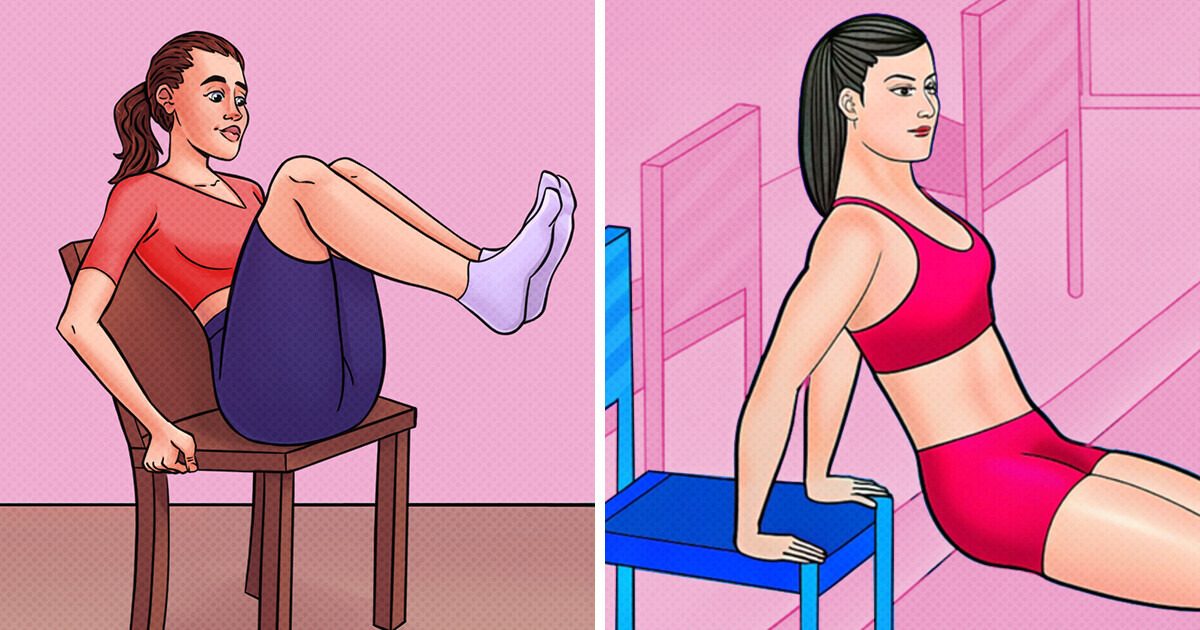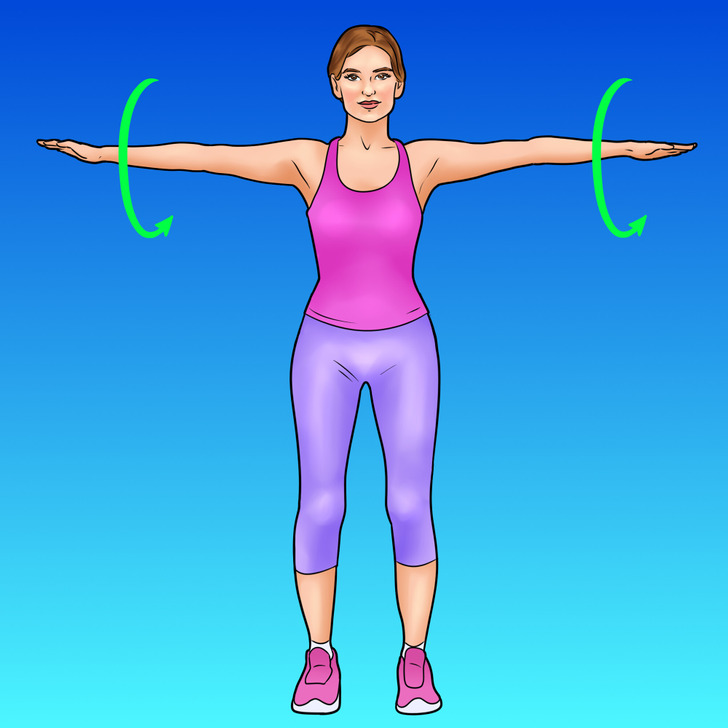The Reason Jennifer Aniston’s Face Has Suddenly Started Looking Different These Days


The holidays are coming, and we all want to look attractive in our favorite new outfits. But getting fit doesn’t have to be stressful or take hours at the gym. Mini exercises, that don’t even need any equipment to do, can keep you strong and healthy all year round. Just a few minutes a day can make a big difference. The key is building a habit that sticks — and at the end of the article, we offer these tricks.

Mini workouts are ideal for busy lifestyles because they provide a flexible and effective way to stay active without requiring large blocks of time. These short sessions allow individuals to stay consistent with fitness goals amidst demanding schedules.
Despite their brevity, short workouts have various benefits over long gym sessions, and can also help in weight loss. Research shows that high-intensity bursts of activity can improve cardiovascular health, metabolism, and muscle strength as effectively as longer workouts.


Tip: Keep your back close to the chair to avoid shoulder strain.
Benefits of Chair Dips:


Tip: Modify by dropping to your knees for the push-up if needed. Or you can upgrade exercise by raising one leg up in a high position.
Benefits of Downward Dog:

Starting Position: Sit on a sturdy chair or bench with your back straight. Keep your feet flat on the ground and your hands gripping the chair’s edges for support.
Hold a medicine ball, dumbbell, or resistance band during the exercises. Gradually increase the number of repetitions as your core strength improves. Perform leg raises while twisting for added intensity. Slow down the movements to increase muscle tension. Keep your core engaged throughout the workout by pulling your navel towards your spine. Ensure the chair or bench is stable to prevent slipping or injury.
Benefits of a Seated Abs Workout:
💡 Tip: Pair your mini workouts with upbeat music or podcasts to make it more enjoyable!
Tips are little gems that can make life easier, safer, or more fun. Safety tips, like these ones, can improve your skills and protect you. Trip tips, like packing light or using a travel app, make your adventures smoother. There’s always something new to learn. Try a tip today, and see how it makes a difference. Small changes can bring big benefits.











